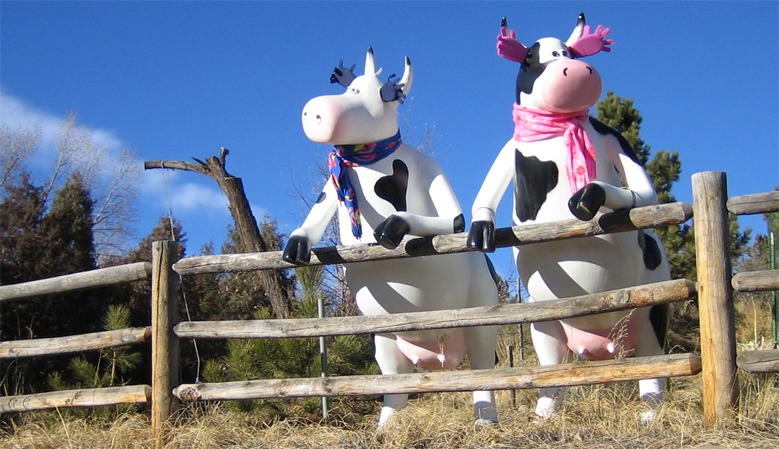
According to Darwin: it follows logically that certain variants will be preserved over time over other variants and that populations will change over time in their composition. This is evolution by natural selection.
The greatest weakness in the theory of evolution by natural selection was the fact that Darwin knew neither how variation among individuals was generated nor how it was inherited.
The key to understanding this is that Populations evolve , not individuals. In order to understand evolution, it is necessary to view populations as a collection of individuals, each harboring a slightly different sets of traits and abilities.
No one single organism is ever typical of the entire population unless there is no variation within that population.
Simple organisms:

Complex organisms:

The overall process of evolution can be summarized in three steps:
These variations are random.
Laptop Simulations
part 1: Fixed Initial Conditions
Part 2: Random Initial Conditions
The point here is that random variations modify the distribution of population traits.

Selection:
Some types of organisms within a population leave more offspring than others. Over time, the frequency of the more prolific type will increase. The difference in reproductive capability is called natural selection.



Three examples of selection are shown before stabilizing, disruptive and directional. The black dots are individuals that die out before passing on their genes.
Stabilization: Removes the extreme ends of
the distribution. Moves everything closer to the middle.
Directional: Depopulates preferentially one extreme side of the
distribution (usually the disfavorable side)
Disruptive: Occurs when individuals at both ends of the curve have
a higher survival probablity than those in the middle. Ultimately
drives mutation and new, isolated species. Argueably this is what
happens on Earth.
The Social Implications of Social Darwinsim in terms of stabilization, directional, and disruptive selection are about to become profound.